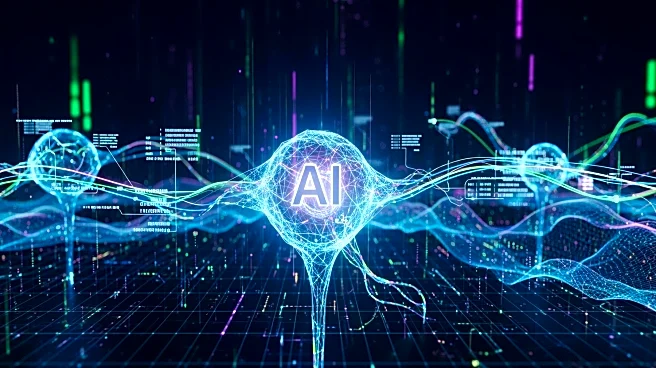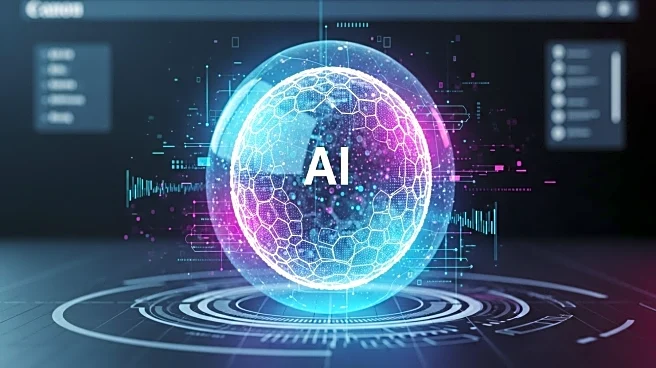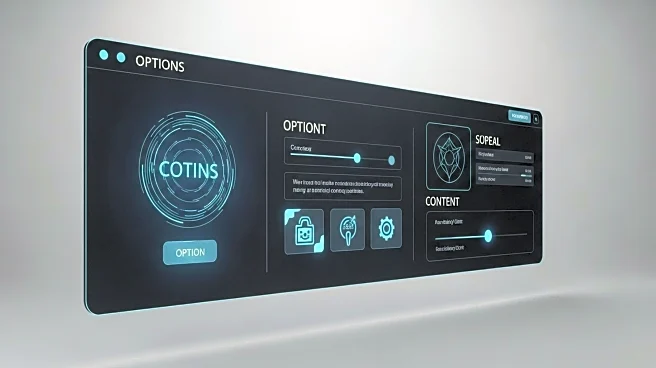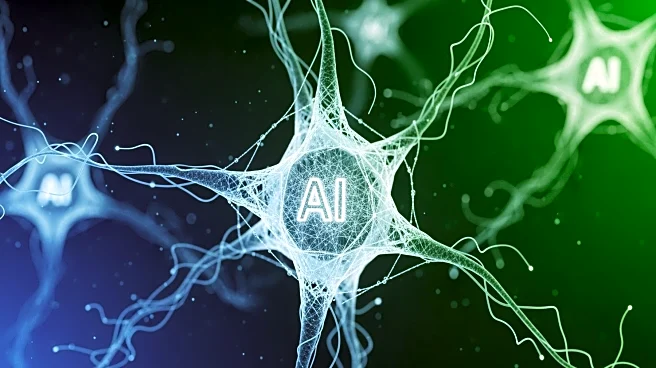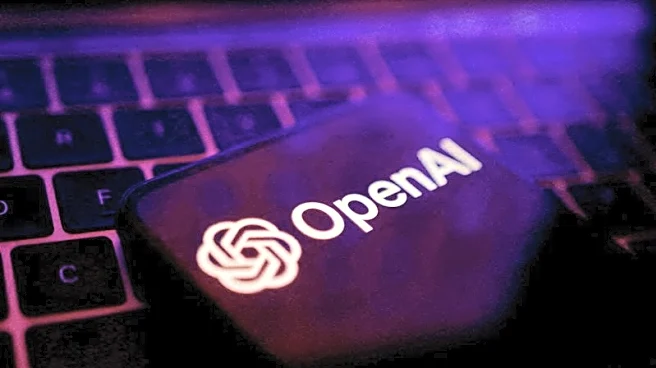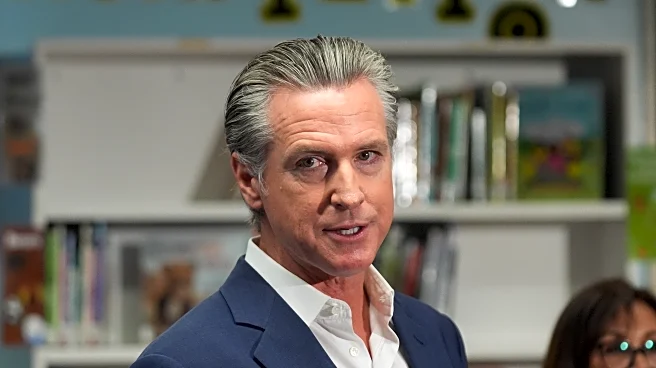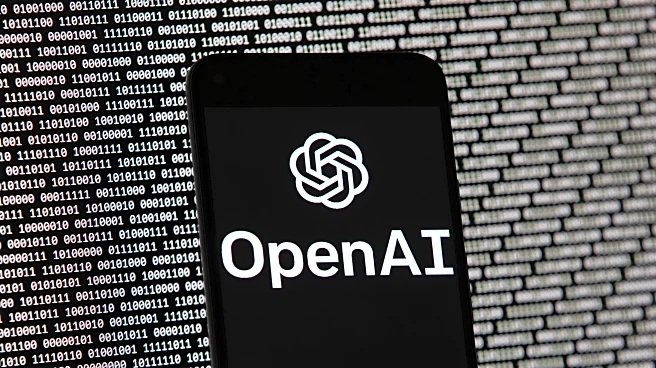What's Happening?
OpenAI CEO Sam Altman has announced significant updates to ChatGPT, aimed at enhancing user interaction and experience. The updates include easing content restrictions and allowing users to customize the
chatbot's personality and tone. These changes are designed to facilitate more human-like interactions and will include adult content for verified users, with age gating set to be implemented in December. OpenAI is also focusing on mental health concerns, which previously led to restrictive measures, by developing tools to better manage these issues. Additionally, the company is enhancing youth protections with age verification systems and parental controls, which are expected to be rolled out soon. These updates are part of OpenAI's efforts to balance user safety with freedom, aiming to improve the overall user experience.
Why It's Important?
The updates to ChatGPT are significant as they represent a shift in how AI can be personalized and integrated into daily interactions. By allowing customization, OpenAI is addressing user demand for more tailored and engaging experiences. This move could have broad implications for industries relying on AI for customer service, education, and mental health support, potentially increasing the adoption of AI technologies. The introduction of age verification and parental controls also highlights the importance of safeguarding younger users, which is crucial as AI becomes more prevalent in homes and schools. These changes could set new standards for AI interaction, influencing how other companies develop and implement similar technologies.
What's Next?
OpenAI plans to implement age gating in December, which will allow verified users to access adult content. The rollout of age verification systems and parental controls is expected soon, which will enhance protections for younger users. As these updates are introduced, OpenAI may face scrutiny from stakeholders concerned about privacy and safety. The company will likely need to address these concerns to ensure successful implementation and user acceptance. Additionally, other AI developers may follow suit, leading to broader industry changes in how AI personalization and safety measures are approached.
